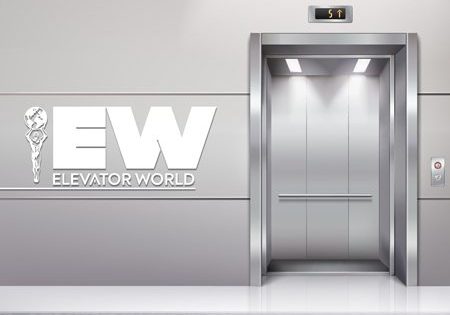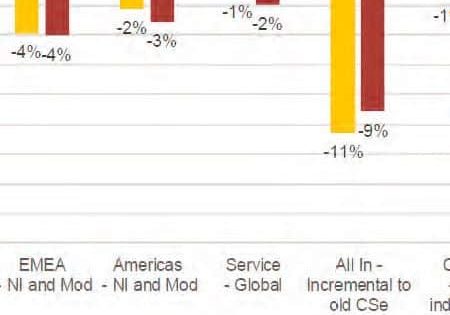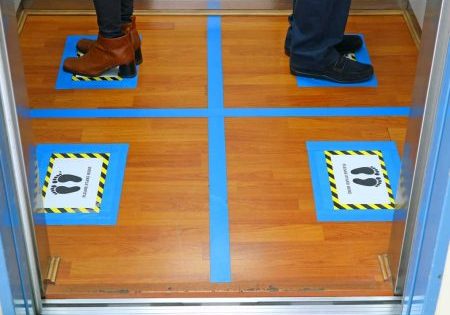Special Application Elevators and Guide Standards in Use
Aug 2, 2020
Although we call all lifting machines we use in daily life elevators, EN 81-20, which provides the safety rules for the construction and installation of lifts, does not cover most of them.
According to EN 81-20, which determines the safety and installation rules for lifts, lifting equipment that is inclined at an angle of more than 15 degrees to the horizontal, lifting appliances whose speed is not greater than 0.15 m/s, machines with a pressure relief valve that exceeds 50 MPa and machines that operate through suspension means are considered to be elevators.
Therefore, although funicular systems, forklifts with platforms, machines that move horizontally, accessibility platforms, hydraulic platforms, etc. are called “elevators” in general, because they are special applications, they are subject to the European Machinery Directive and some specific standards.
In the U.S.-based ASME A17.1, these elevators are mentioned in Part 5 under the title “Special Application Elevators.” These elevators can be put on the market through fulfilling compliance requirements to Machinery Directive and other harmonized standard (if any), or North American ANSI standards, based on their regions. General applications of these devices are as follows:
Funicular Systems
For that type of elevator, EN 81-22 and ASME A17.1 can be used. They contain systems with a car pulled by the help of ropes on a slope of 15 to 75 degrees. There are different applications of the system. It is frequently used as a railway mass transport vehicle in public places, or to transport passengers to the upper parts of the buildings at hotels.
Accessibility Platforms
Wheelchair lifts and accessibility platforms are devices that enable people with disabilities to be carried along the stairs or between two floors through a semi-closed car. ASME A17.1 and EN 81-40 can be used as guides for manufacturing methods and calculations of these devices. They are complementary devices for carrying the disabled at the parts of the building where transportation by lift is impossible due to level differences.
Heliport Elevators
These are the elevators used for going up to heliports on high-rise buildings and which can be opened on the last floor at the attic. Helicopters should be below the floor level at landing and above the floor level after they land to avoid the elevator rising on the landing field. These elevators are used in heliports where stretchers or other things can be carried to ambulance helicopters. Although European standards require detailed risk analysis for this type of elevator, ASME A17.1 Part 5.6 can be used as a guide during construction phase, as it contains detailed construction rules.
Marine Elevators
Although they are similar to standard passenger lifts, extra guidance and emergency exit equipment are required for marine elevators due to high oscillation. The guides and guide skates should absorb the horizontal and vertical oscillation of the ships and prevent the derailment of the car. Landing-door mechanisms and fire resistance are different from normal elevators. Therefore, their prices can be 2 or 3 times higher than the normal ones. These elevators are manufactured in compliance with ISO 8383 and part 5.8 of ASME A17.1.
Mine Elevators
Although this type of elevator is basically similar to the equipment of high-rise tower elevators, some additions are needed due to the fire-protection needs in the shafts and requirements for rescuing passengers from the car who are stuck between the floors due the distances between the stops. In Part 5.9 of ASME A17.1, there is explanatory information about the construction rules of these elevators. The construction of these machines can take a long time, as they are constructed based on the depth of the mines.
Vehicle Elevators
These are high-capacity elevators designed to carry only vehicles or goods. We see such elevators at car care stations and at auto galleries. EN 81-31 and ASME A17.1 give design criteria for these elevators. It is possible to see very-high-capacity types of these elevators, which are driven by a hydraulic lifting system.
In addition to the devices mentioned above, there are various lifting equipment applications. Using the right harmonized standards is crucial for the production and purchasing of these types of machines, as the different productions made based on a common regulation may have some security risks. As an identity number is not given to these types of machines for security inspections in our country, they may not miss out on routine inspections. Therefore, the production standards should be known and the inspections should be carried out by competent institutions, as these are extremely important in terms of preserving security.
Get more of Elevator World. Sign up for our free e-newsletter.




